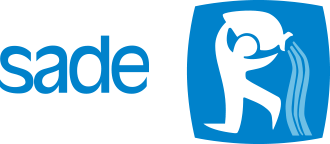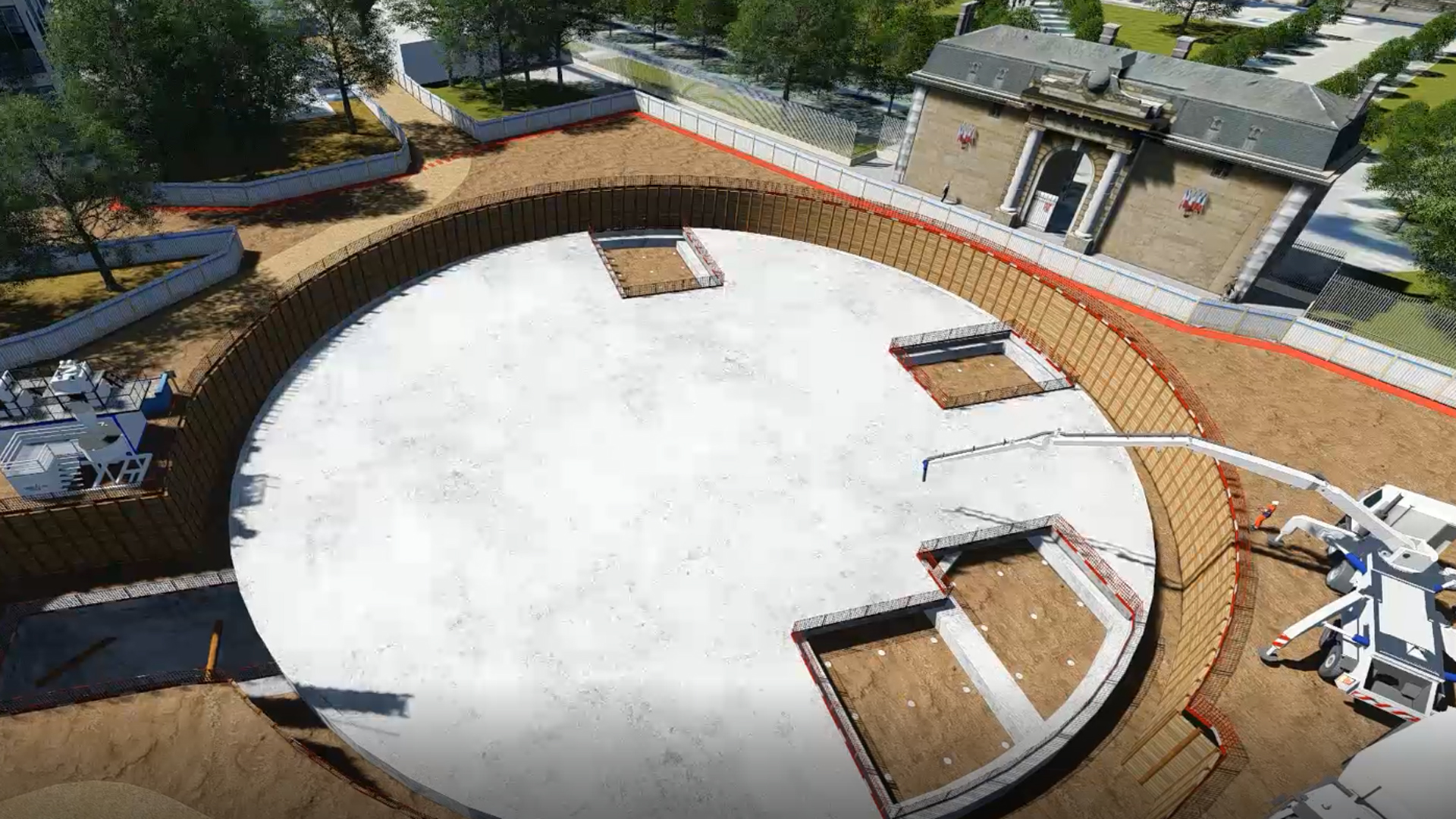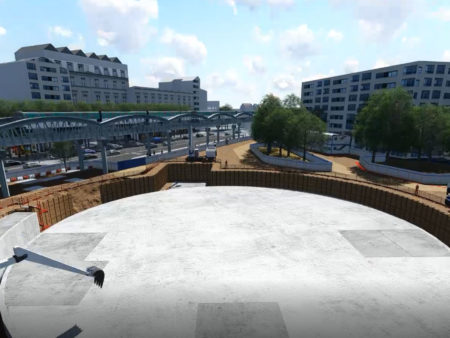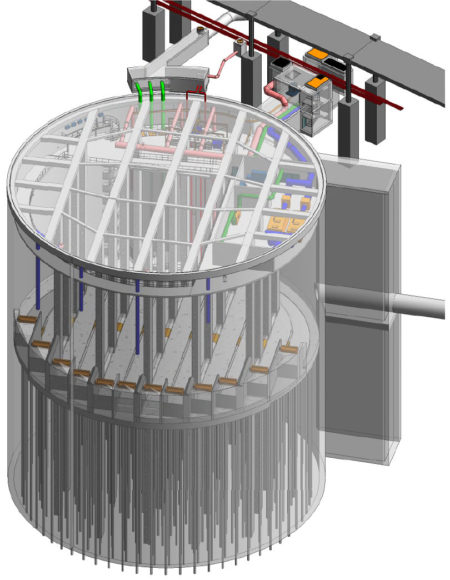Work will begin in Paris this summer on the vast programme to make the Seine swimmable for the 2024 Olympic and Paralympic Games.
This Paris City Council action plan covers, among other things, the construction of a storage-treatment-return basin in Austerlitz and several sewer mains down by the River Seine. The aim of this project is crystal clear: to drastically reduce overflows of wastewater from Paris’ wastewater treatment systems during rainy weather to ultimately improve the quality of the waters of the River Seine.
Officially announced only very recently, the contract was awarded to a consortium of 5 firms by the name of Impluvium, in reference to the rainwater collection basin in the centre of the atrium of ancient Roman houses: URBAINE DE TRAVAUX (head of consortium), SADE Special Works (co-contractor), SOLETANCHE BACHY, SEFI-INTRAFOR and BESSAC.
This project includes the construction of:
- a 46,000m3 water storage-treatment-return basin (diameter: 50m, depth: 30m) located under Square Marie Curie;
- a water intake facility (Valhubert shaft), connected to the left-bank stormwater outfall, with 62m-deep moulded walls and 80m basin barrettes (vertical columns);
- a water intake facility (Tournaire shaft), connected to 2 right-bank stormwater outfalls;
- a 625m-long, 2,500mm-diameter sewer main, connecting these 3 facilities, which will be micro-tunnelled under the Seine.
A 360° view of the site reveals the extremely challenging conditions facing the teams. The site is surrounded by nearby overhead and underground metro lines, regional train lines, Gare d’Austerlitz station, La Pitié-Salpêtrière hospital, the Institut Médico-Légal, and the banks of the River Seine, plus the heavy traffic (both pedestrians and motor vehicles) for which Paris is known.
To set itself apart and win this contract, the Impluvium consortium successfully convinced and reassured Paris City Council with a bid including a variation proposing a technically-demanding project featuring multiple interfaces, making it one of the city’s flagship worksites for the next 3 years.
The Tournaire shaft is an illustration of this ability to propose variations. As a microtunnel boring machine access shaft, it was too narrow in the basic solution for the MTBM to be extracted, meaning that the machine would have to be partially abandoned and deconstructed. The plan with the recommended variation approved by Paris City Council is rather to extend it to enable the extraction of an MTBM that could be disassembled into three parts, specifically designed for this operation and that SADE Special Works firmly intends to reuse on later projects.





